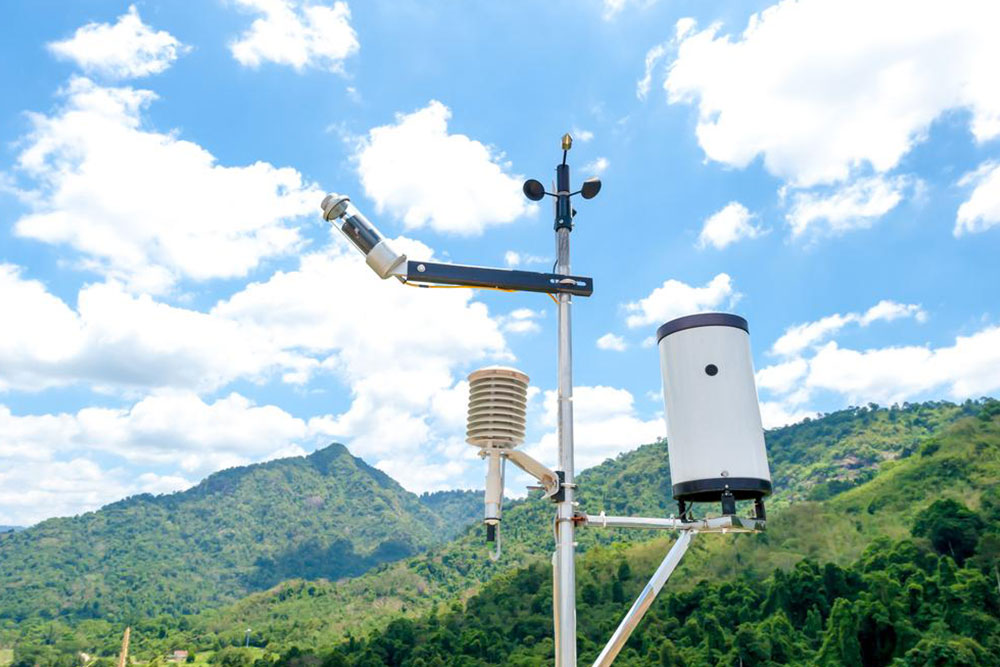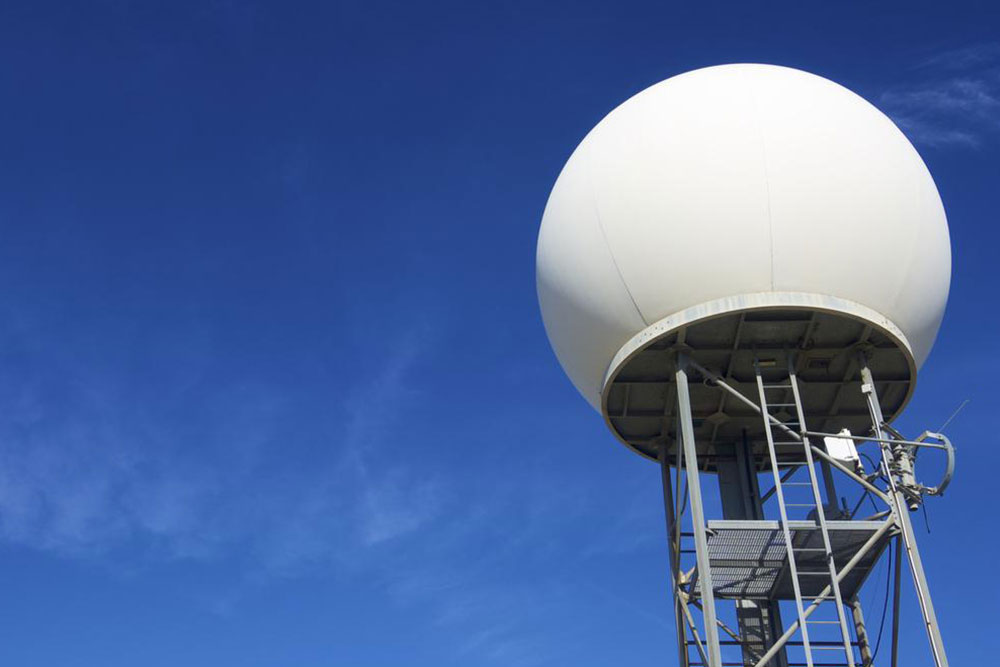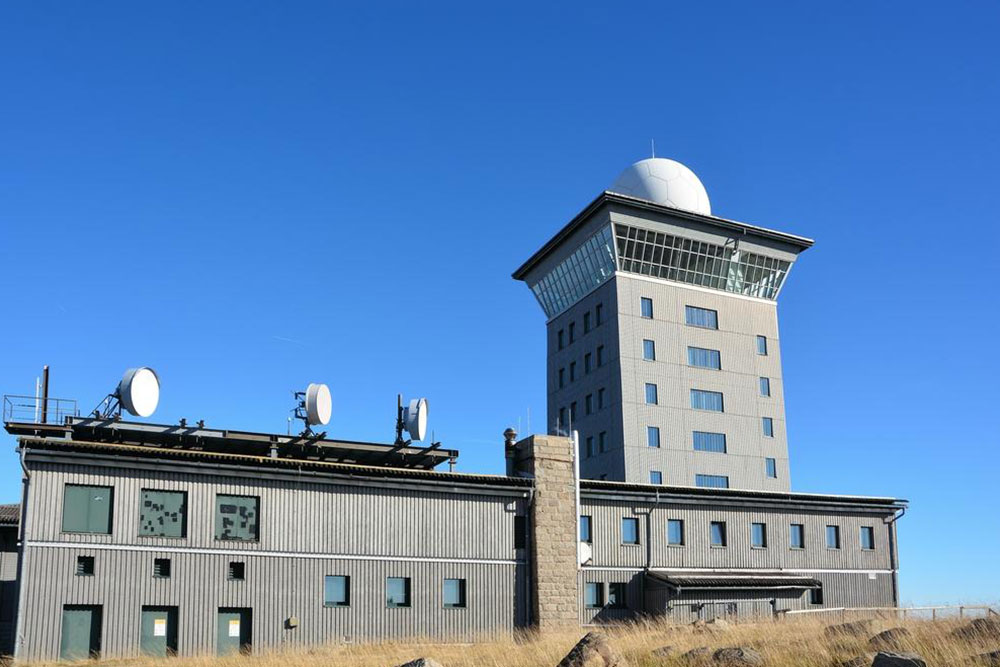Comprehensive Guide to Weather Monitoring Stations: Types, Functions, and Applications
This comprehensive guide explores the diverse types of weather monitoring stations, their functions, components, and applications. From land-based systems to marine buoys and specialized sensors, understanding these stations is crucial for accurate weather prediction, climate monitoring, and environmental safety. The article highlights technological advancements and future trends, emphasizing the importance of robust weather infrastructure in addressing climate change and safeguarding communities worldwide.

Comprehensive Guide to Weather Monitoring Stations: Types, Functions, and Applications
Weather monitoring stations are integral components of modern meteorology, providing crucial data that helps scientists, governments, and organizations understand atmospheric and climate patterns. These stations serve as the backbone of weather forecasting, climate research, and environmental monitoring activities across the globe. From vast land-based networks to specialized maritime systems, weather stations are designed to capture real-time data about atmospheric conditions with high precision and reliability.
Understanding the variety and functions of these stations is essential for appreciating how weather predictions are made and how climate change impacts our environment. In this comprehensive overview, we will explore the different types of weather monitoring stations, their components, monitoring capabilities, and practical applications in various scenarios worldwide.
Land-Based Weather Stations
Land-based weather stations are the most common type, often established in urban, rural, and remote areas. They are typically equipped with an array of sensors that measure essential atmospheric parameters such as temperature, humidity, wind speed and direction, atmospheric pressure, and precipitation. These stations often form extensive networks managed by meteorological agencies, providing continuous data streams vital for daily weather reports and severe weather alerts.
Modern land stations are equipped with automated systems capable of updating data at high frequencies. They often include specialized instruments like hygrometers for moisture levels, barometers for pressure changes, and anemometers for wind measurement. Additionally, some stations incorporate sensors for cloud height, visibility, solar radiation, and snowfall. These detailed observations support weather prediction models and climate monitoring efforts.
Marine Weather Monitoring Infrastructure
Marine weather stations play a pivotal role in oceanic and maritime meteorology. They are located on ships, buoys, and offshore platforms, where they gather critical data related to sea surface conditions and atmospheric parameters. These stations monitor variables such as sea surface temperature, wave height, wind speeds over the ocean, atmospheric pressure, and humidity.
Floating buoys equipped with a suite of sensors provide vital real-time data that help forecast storms, tsunamis, and other significant oceanic events. Ships, especially those engaged in commercial or research activities, also serve as mobile weather stations, reporting atmospheric measurements en route. Data from marine stations contribute to global climate models and help ensure maritime safety by predicting hazardous weather conditions at sea.
Specialized Weather Stations
In addition to traditional land and marine stations, there are specialized systems tailored for unique environments and purposes. For example, in snow-covered regions, ultrasonic sensors measure ice thickness, which is crucial for navigation and infrastructure safety. Pyranometers are used extensively in solar energy farms to evaluate solar radiation levels, optimizing power generation. Weather stations in cold climates often include sensors to monitor snowpack, frost points, and temperature fluctuations that influence agriculture and wildlife conservation.
Furthermore, personal and community weather stations allow individuals and organizations to monitor local conditions. These stations, though less comprehensive, provide valuable hyper-local data that can be aggregated to improve regional weather predictions. They are often connected to online networks where data is shared globally for research and public awareness.
Components and Technologies in Weather Stations
At the heart of every weather station are sensors and data acquisition systems that ensure accurate measurement of atmospheric variables. Key sensors include hygrometers (humidity), barometers (pressure), anemometers (wind speed), wind vanes (wind direction), thermometers (temperature), and precipitation gauges.
Advanced stations may incorporate ceilometers, which measure cloud height, and visibility sensors to assess haze and fog conditions. Solar radiation sensors like pyranometers and pyrheliometers gauge sunlight intensity, affecting weather patterns and solar energy applications. Ultrasonic sensors in polar regions measure ice thickness, while rain gauges quantify precipitation volume.
All sensors are integrated into data loggers and communicate with centralized processing units. Modern weather stations often utilize wireless technology, enabling remote monitoring, real-time data transmission, and integration into larger data networks. This technological infrastructure ensures high data accuracy, quick access, and efficient management of weather information.
Applications and Importance of Weather Monitoring Stations
The data collected by weather stations serve numerous critical functions across various sectors. In public safety, accurate weather forecasts can predict severe storms, hurricanes, and blizzards, allowing timely evacuations and preparations. Agriculture relies heavily on weather data to optimize planting, irrigation, and harvesting schedules, minimizing losses due to adverse conditions.
Environmental agencies monitor climate change indicators such as temperature trends, precipitation patterns, and atmospheric composition. Marine and aviation industries are dependent on marine weather data to ensure safety at sea and in the airspace. Renewable energy sectors, especially solar and wind power, use weather information to predict energy output and manage grid stability.
Furthermore, weather stations play a vital role in scientific research, providing long-term climate data essential for understanding global change. Community-based stations empower citizens to participate in environmental monitoring, fostering awareness and grassroots action towards sustainability.
Challenges and Future Directions
Despite their importance, weather stations face several challenges, including harsh environmental conditions, equipment maintenance, data accuracy, and the need for technological upgrades. Remote areas or severe weather zones require rugged, resilient equipment capable of operating under extreme conditions.
Advancements in IoT (Internet of Things), satellite technology, and data analytics are revolutionizing weather monitoring. Future stations will likely incorporate AI-driven sensors, predictive analytics, and more extensive sensor networks to provide hyper-local, high-precision weather data. The integration of machine learning models can enhance forecast accuracy, especially for unpredictable severe weather events.
As climate change accelerates the frequency and intensity of extreme weather events, the importance of robust, widespread weather monitoring infrastructure cannot be overstated. Continuous innovation and investment in advanced weather station technologies are vital for safeguarding communities, supporting sustainable development, and advancing scientific knowledge.




